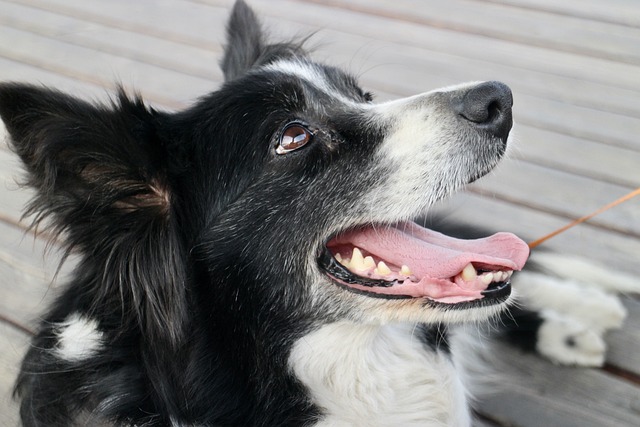Coexistence of the Border Collie with Other Dogs: Tips for a Harmonious Relationship


1. Introduce them gradually
When bringing a new dog into your home, it is important to introduce them to your Border Collie gradually. Dogs are territorial animals, and sudden introductions can lead to aggression or anxiety. Start by allowing them to sniff each other through a gate or a fence, gradually progressing to supervised face-to-face interactions. This gradual introduction will help them become familiar with each other's scent and body language, reducing the chances of conflict.
2. Provide proper socialization
Socialization is crucial for the coexistence of any dog with other dogs. Expose your Border Collie to different environments, people, and dogs from a young age. This will help them develop positive associations and good social skills. Enroll them in puppy classes or socialization groups where they can interact with other dogs in a controlled environment. Positive experiences during socialization will lay the foundation for a harmonious relationship with other dogs.
3. Supervise their interactions
Even if your Border Collie gets along well with other dogs, it is important to supervise their interactions, especially during the initial stages. Dogs communicate through body language, and as an owner, it is your responsibility to ensure that their interactions remain positive and respectful. Watch for any signs of discomfort or aggression, such as raised hackles, growling, or stiff body posture. If you notice any signs of tension, separate the dogs and redirect their attention to something positive.
4. Establish clear boundaries
Establishing clear boundaries is essential for a harmonious coexistence between your Border Collie and other dogs. Teach your Border Collie basic obedience commands such as "sit," "stay," and "leave it." These commands will help you maintain control in situations where your dog may become overly excited or reactive towards other dogs. Consistency is key when setting boundaries, so make sure to reinforce these commands during every interaction.
5. Use positive reinforcement
Positive reinforcement is a powerful tool when it comes to training and building a harmonious relationship between your Border Collie and other dogs. Reward your dog with treats, praise, and affection when they display calm and appropriate behavior around other dogs. This will reinforce the idea that good behavior leads to positive outcomes. Avoid using punishment or harsh methods, as they can create fear or aggression in your dog.
6. Address any behavioral issues promptly
If you notice any behavioral issues or signs of aggression in your Border Collie towards other dogs, it is important to address them promptly. Ignoring or dismissing these issues can lead to more serious problems in the future. Consult with a professional dog trainer or behaviorist who can help you understand the underlying causes of the behavior and provide you with a tailored training plan to address it. Early intervention is key to preventing the escalation of behavioral issues.
7. Seek professional help if needed
If you are struggling with the coexistence of your Border Collie with other dogs despite your best efforts, do not hesitate to seek professional help. A professional dog trainer or behaviorist can assess the situation, provide guidance, and offer specialized training techniques to improve the relationship between your Border Collie and other dogs. They can also help you manage any potential risks and ensure the safety of all dogs involved.
Remember, every dog is unique, and the coexistence with other dogs may vary. Patience, consistency, and positive reinforcement are key to fostering a harmonious relationship between your Border Collie and other dogs. With proper introductions, socialization, supervision, and training, your Border Collie can enjoy the company of other dogs and thrive in a multi-dog household.


Related posts